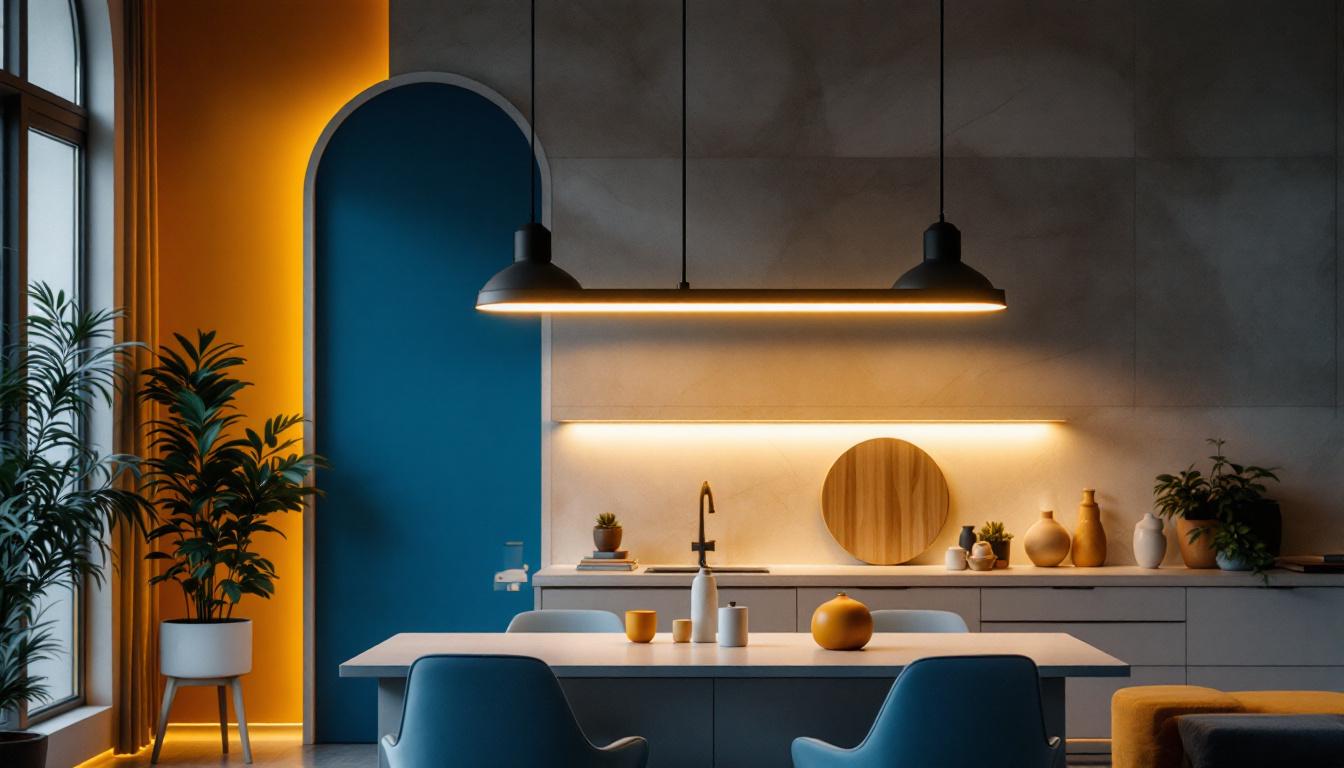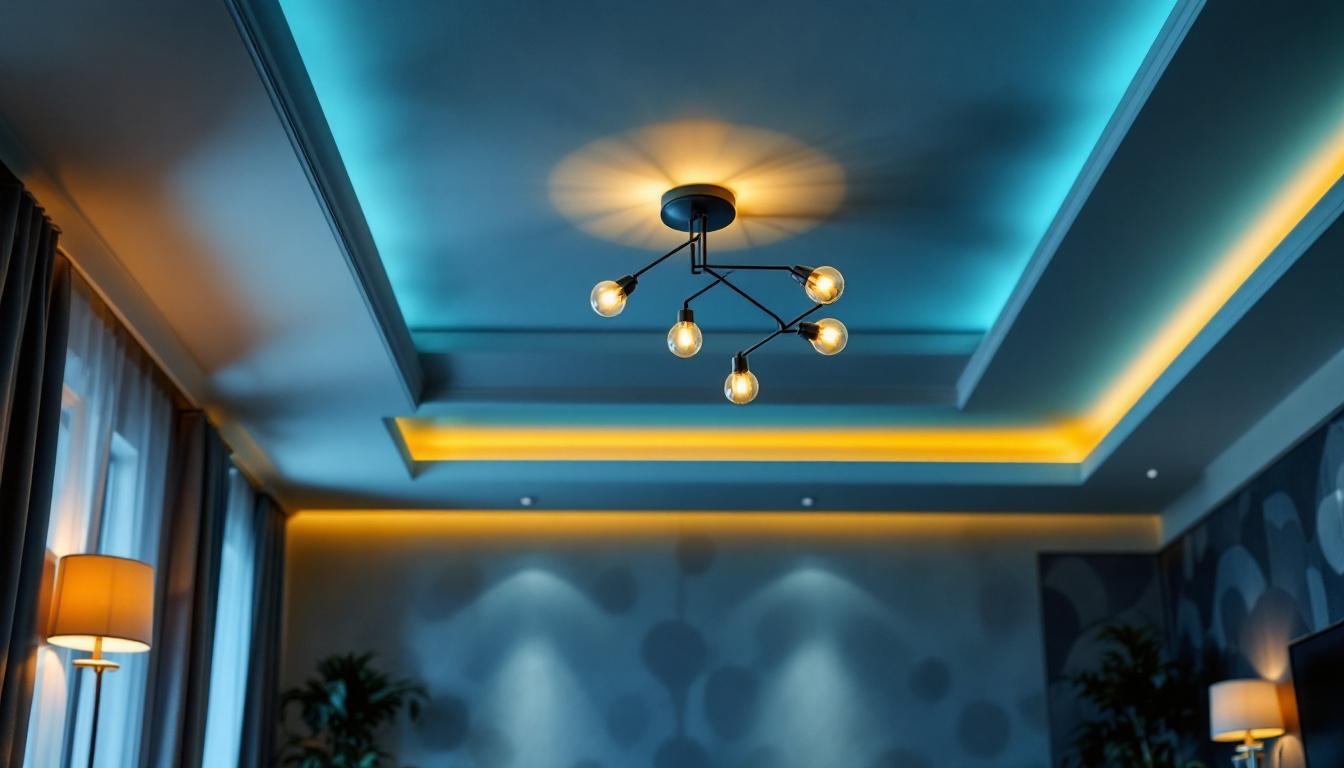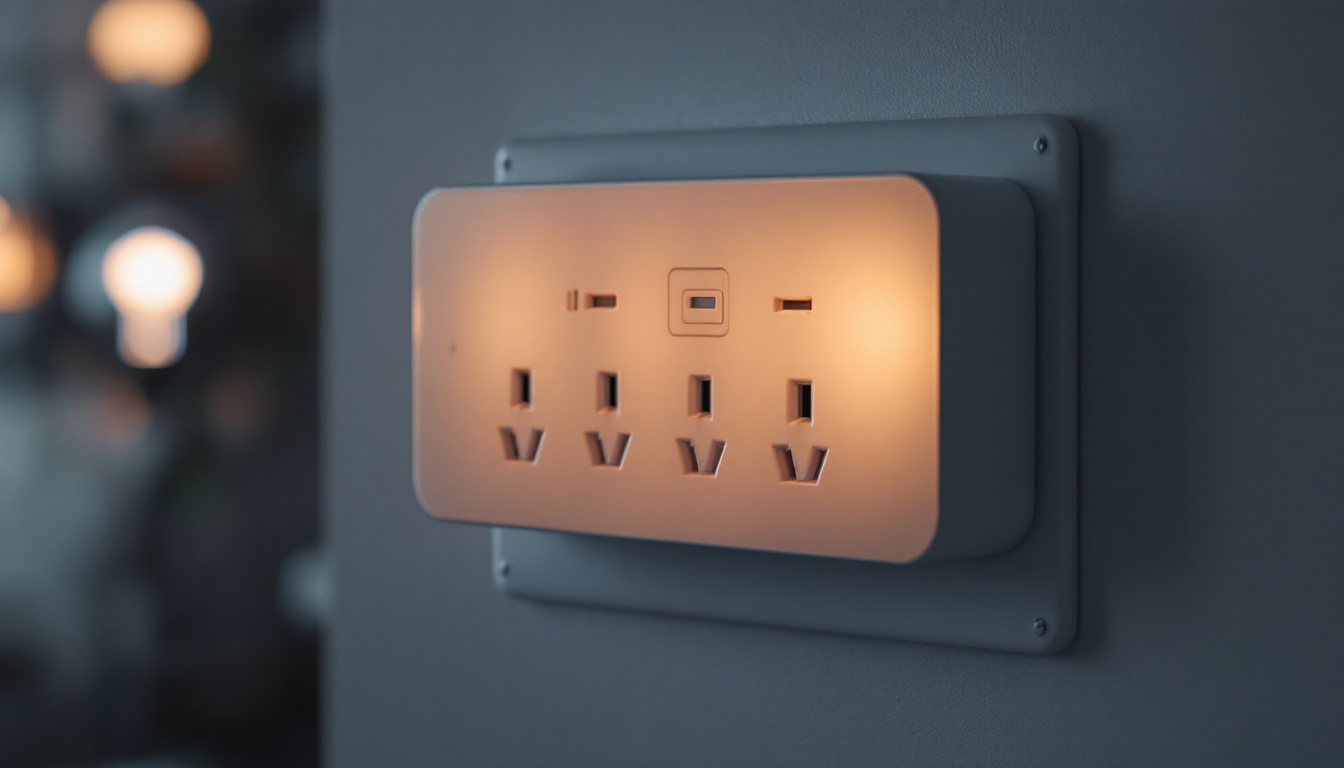
In the realm of modern lighting design, long pendant lights have emerged as a popular choice for both residential and commercial spaces. Their ability to provide ambient light while serving as a striking design element makes them a favorite among architects, designers, and homeowners alike. However, for lighting contractors, understanding the compliance requirements surrounding these fixtures is essential. This article delves into the critical aspects of compliance that contractors need to be aware of when working with long pendant lights.
Compliance with lighting regulations is not just a matter of following rules; it is about ensuring safety, efficiency, and sustainability in lighting design. Various standards govern the installation and use of long pendant lights, and it is crucial for contractors to stay informed about these requirements. By adhering to these standards, contractors can enhance the functionality and aesthetic appeal of their lighting installations while also protecting the well-being of occupants and the environment.
The National Electrical Code (NEC) sets the foundation for electrical safety in the United States. For lighting contractors, understanding NEC regulations is vital when installing long pendant lights. These regulations cover aspects such as wiring methods, grounding, and circuit protection. Compliance with NEC ensures that the installation is safe and reduces the risk of electrical hazards. Furthermore, the NEC is regularly updated to reflect advancements in technology and changes in safety practices, making it essential for contractors to stay current with these updates.
Particular attention should be paid to the height at which pendant lights are installed. The NEC provides guidelines regarding minimum and maximum mounting heights to ensure that fixtures do not pose a hazard to occupants. For instance, in commercial settings, pendant lights should be installed at a height that allows for safe passage without obstruction. Additionally, the spacing of these fixtures can impact both the aesthetic and functional aspects of a space, as well as the overall lighting efficiency. Contractors should also consider the type of environment—whether it’s a bustling restaurant or a quiet office—when determining the optimal height and spacing for long pendant lights.
Energy efficiency is a significant consideration in modern lighting design. Many regions have adopted energy efficiency codes that require lighting installations, including long pendant lights, to meet specific performance standards. These codes often mandate the use of energy-efficient bulbs and fixtures, which can help reduce energy consumption and lower utility costs. In addition to the financial benefits, energy-efficient lighting contributes to a reduced carbon footprint, aligning with global efforts to combat climate change and promote sustainability.
Contractors should familiarize themselves with local energy efficiency regulations, as they can vary significantly from one jurisdiction to another. Understanding these requirements not only ensures compliance but also positions contractors as knowledgeable professionals who prioritize sustainability in their projects. Moreover, many energy efficiency programs offer incentives or rebates for using compliant lighting solutions, providing an added financial benefit for both contractors and their clients. By staying informed about these programs, contractors can not only enhance their service offerings but also foster long-term relationships with environmentally conscious clients who value sustainable practices in their lighting designs.
Compliance is not just about adhering to regulations; it also involves following best practices during the installation process. Proper installation of long pendant lights can enhance their performance and longevity, ultimately leading to greater customer satisfaction.
When installing long pendant lights, attention to wiring techniques is paramount. Ensuring that wiring is done correctly not only complies with NEC standards but also minimizes the risk of electrical issues in the future. Contractors should use appropriate gauge wires based on the load requirements of the fixtures and ensure that all connections are secure and insulated.
Additionally, using junction boxes that are rated for the weight of the pendant lights is essential. Long pendant lights can be significantly heavier than standard fixtures, and using an inadequate junction box can lead to safety hazards. Always check the manufacturer’s specifications for weight limits and installation recommendations.
The aesthetic appeal of long pendant lights is greatly influenced by their height and spacing. When installing these fixtures, contractors should consider the scale of the space and the intended use of the area. For instance, in dining areas, pendant lights should be hung at a height that allows for comfortable conversation while providing adequate illumination.
Moreover, spacing between multiple pendant lights should be consistent to create a cohesive look. A common guideline is to space the fixtures at least 30 inches apart, but this can vary based on the size of the pendants and the overall design scheme. Contractors should take the time to plan the layout carefully, ensuring that the installation is both functional and visually appealing.
The selection of long pendant lights can significantly impact both compliance and performance. Contractors must consider various factors when choosing fixtures for their projects, including design, functionality, and energy efficiency.
Long pendant lights come in a variety of designs, from sleek and modern to rustic and traditional. The choice of design should align with the overall aesthetic of the space. Contractors should work closely with clients to understand their vision and recommend fixtures that complement the existing decor.
Furthermore, the materials used in the construction of the pendant lights can affect both compliance and performance. For example, fixtures made from non-combustible materials may be required in certain commercial settings to meet fire safety regulations. Understanding these requirements helps contractors make informed decisions when selecting fixtures.
With the growing emphasis on sustainability, many manufacturers now offer energy-efficient long pendant lights that utilize LED technology. These fixtures not only consume less energy but also have a longer lifespan compared to traditional incandescent bulbs. Contractors should educate their clients about the benefits of energy-efficient options and encourage them to consider these fixtures for their projects.
Additionally, some energy-efficient pendant lights come with smart technology features, allowing users to control brightness and color temperature. Incorporating these advanced options can enhance the functionality of the lighting while contributing to energy savings.
Safety is paramount when it comes to lighting installations. Long pendant lights, due to their size and weight, require careful attention to safety protocols during both installation and use.
As previously mentioned, the weight of long pendant lights necessitates the use of sturdy mounting hardware. Contractors should ensure that the mounting brackets and junction boxes used can support the weight of the fixtures. Additionally, it is crucial to follow the manufacturer’s installation instructions regarding weight limits and mounting techniques.
Regular inspections of the fixtures after installation can also help identify any potential issues, such as loose connections or signs of wear. Contractors should advise clients on the importance of periodic maintenance to ensure the safety and longevity of the lighting fixtures.
Fire safety is a critical aspect of compliance that cannot be overlooked. Long pendant lights, especially those made from combustible materials, must adhere to fire safety regulations. Contractors should be familiar with local fire codes and ensure that the fixtures installed meet these standards.
In commercial settings, additional fire safety measures may be required, such as the installation of fire-rated fixtures or the use of specific wiring methods. Understanding these requirements is essential to ensure that the installation is compliant and safe for occupants.
Effective communication with clients is a vital aspect of a successful lighting installation project. Educating clients about compliance, safety, and maintenance can lead to more informed decisions and ultimately enhance their satisfaction with the final result.
Contractors should take the time to explain the various compliance requirements associated with long pendant lights to their clients. This includes discussing NEC regulations, energy efficiency standards, and any local codes that may apply. By providing this information, contractors can help clients understand the importance of compliance and the benefits it brings to their project.
Additionally, addressing any concerns clients may have about safety and performance can build trust and confidence in the contractor’s expertise. Open communication fosters a collaborative relationship that can lead to successful project outcomes.
After the installation is complete, contractors should provide clients with maintenance tips to ensure the longevity of their long pendant lights. This may include recommendations for cleaning, bulb replacement, and periodic inspections. Educating clients on how to care for their fixtures can prevent issues down the line and enhance their overall experience.
Providing a maintenance schedule or checklist can be a helpful resource for clients, allowing them to stay proactive in caring for their lighting fixtures. This not only helps maintain the appearance and performance of the lights but also reinforces the contractor’s commitment to quality service.
Long pendant lights offer a unique blend of style and functionality, making them a popular choice for a variety of spaces. However, for lighting contractors, navigating the compliance landscape is essential to ensure safe and successful installations. By understanding the relevant standards, following best practices, and prioritizing safety, contractors can deliver exceptional results that meet both client expectations and regulatory requirements.
Ultimately, staying informed about compliance issues, educating clients, and choosing the right fixtures are key to thriving in the competitive lighting industry. As the demand for long pendant lights continues to grow, contractors who prioritize compliance and quality will be well-positioned for success.
Ready to elevate your lighting installations with the perfect blend of compliance, quality, and value? Look no further than LumenWholesale. Our extensive selection of spec-grade lighting products meets the highest industry standards, ensuring you deliver safe, efficient, and stunning lighting solutions every time. Say goodbye to inflated markups and hello to unbeatable wholesale prices, hassle-free bulk buying, and free shipping. Don’t compromise on quality or cost. Discover wholesale lighting at the best value today and light up your projects with confidence.

Discover the essential guide for lighting contractors to transform living room ceilings with expert tips, innovative designs, and the latest trends in illumination.

Discover why outdoor lighting sconces are a must-have in every lighting contractor’s toolkit.

Discover how choosing the right outlets and receptacles can significantly boost the efficiency of your lighting projects.

Discover the ultimate guide for lighting professionals with “Receptical: The Essential Checklist.” Uncover key tips, tools, and techniques to enhance your lighting projects and ensure flawless execution every time.